“There can be no place, I believe, for deniers who are unable to acknowledge that the industry’s reputation, built over many years, was of rising costs, deadlines inevitably moving to the right and estimates wrong by orders of magnitude.”
With this statement, Network Rail’s CEO, Andrew Haines, set the scene at a recent online Project SPEED conference. This was hosted by the Railway Industry Association and had 2,400 participants, half of whom were suppliers.

Andrew acknowledged that this is not always a fair picture but that “there are too many examples we can all think of which have defined us in the eyes of those we serve and those who fund us.” The Great Western Electrification Programme (GWEP) was £2 billion overspent; a decade before that, the final £12 billion cost – at today’s prices – of the West Coast Main Line upgrade in 2006 compares unfavourably with its original £1.4 billion estimate from 1994.
Hence, despite many successful recent projects, the legacy of others so high-profile and over-budget has been deeply harmful to the industry, creating doubt about its ability to deliver projects, whilst GWEP caused the Westminster government to lose faith in electrification.
He felt that rail is well placed to be a key part of the recovery from the Covid crisis and to decarbonise transport, but stressed that the required investment cannot be taken for granted. At a time of scarce funding, the industry has to reduce both the time and cost of project delivery. This needs a quantum change in the way projects are delivered if the industry is to win back the trust of decision makers.
Andrew’s message was reinforced by a video message from the Prime Minister who was certain that Britain would soon be travelling again and stressed the importance of rail investment. He advised that if the industry could seize the opportunity to build back better and faster, it would have the fervent support of his government.
SPEEDing up delivery
Project SPEED (Swift, Pragmatic and Efficient Enhancement Delivery) is a joint initiative between the Department for Transport and Network Rail. For the past 12 months, this has been considering new ways of delivering projects and trying these out on pilot schemes. Its aim is to secure rail investment by demonstrating that the industry can become more competitive by significantly reducing costs and halving the time it takes to complete projects.
There was widespread concern that the eight-stage GRIP (Governance for Railway Investment Projects) process had become a straitjacket which required project teams to focus on its deliverables. This created unnecessary bureaucracy and distraction. Furthermore, its linear process was too inflexible.
It was concluded that there had to be a move from a rules-based model to one based on principles. As described later, this required the development of a new project management process, PACE (Project Acceleration in a Controlled Environment), addressing ten key themes and the provision of a Rail Investment Centre of Excellence to provide support and share lessons learnt.
However, the key requirement is a change in culture. All speakers stressed the need for a truly collaborative one-team culture in which project teams are empowered to challenge accepted ways of doing things. In particular they need to assess what is actually necessary for the risk and complexity of the work. The one-team approach dovetails into the Williams Review which will require the different parts of the railway to work much more closely together.
This approach involves early engagement with all concerned, particularly suppliers. Emma Osborn, Commercial Director, Network Rail Wales & Western, made the point that her company does not have all the answers and needs the humility to accept that suppliers can offer solutions if they are engaged early enough in a project. She emphasised that SPEED was “not about rushing or cutting corners; instead it was about being more thoughtful about what we do.”
The most-liked question at the event was from a project manager who wanted to reduce bureaucracy but found himself going to more and more panels to jump through more hoops. He was assured that if he felt a panel was not adding any value, he should feel empowered to challenge its necessity.
Themes
In a double act, Natasha Luddington, Project Director (Enhancements), Network Rail Wales & Western, and Amanda Roper, DfT’s Deputy Director for the Restoring Your Railway programme, described how their organisations had worked together to identify themes where changes were needed that cut across organisational boundaries. Amanda felt one problem was that, over time, processes that were intended to make things work have increasingly been used dogmatically rather than pragmatically. The ten identified themes are:
- Planning Consents and Environment Permissions – speeding up the Transport and Works Act process, publishing guides on planning and environmental consents.
- Governance – reviewing the process for seeking government funding, with a simplified process for projects under £10 million.
- Assurance – developing a more integrated approach.
- PACE and Optioneering – avoiding a drawn-out option selection process by providing a more flexible approach whilst maintaining rigour.
- Timetabling – developing a meaningful plan linked to the investment lifecycle and joint funding decisions.
- Procurement – developing a simplified process.
- Interoperability and Standards – developing a different approach to interoperability and encouraging challenges to standards.
- Access and Possessions – developing new, better-coordinated access strategies
- Capability and Culture – culture change and training programmes within Network Rail, plus the appointment of SPEED champions.
- One-team Culture – encouraging improved working between the DfT, Network Rail and across wider industry to embrace the SPEED mindset.
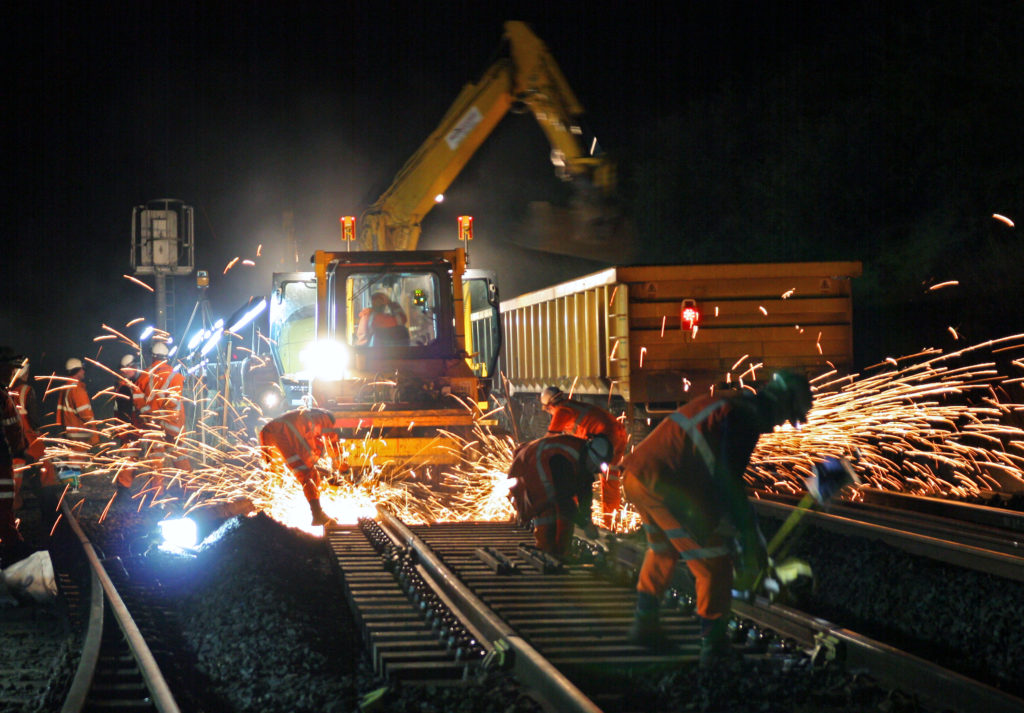
Centre of Excellence
Helping to make SPEED business-as-usual is the role of the Rail Investment Centre of Excellence led by Network Rail Wales & Western’s Capital Delivery Director, Stuart Calvert, who emphasised that its role was to support the regions who are accountable for project delivery. To do so, the centre is providing a knowledge hub, assessing best practice with the supply chain, providing professional development, supporting project assurance and acting as a point of contact with the DfT for the Railway Network Enhancements Pipeline (RNEP) process.
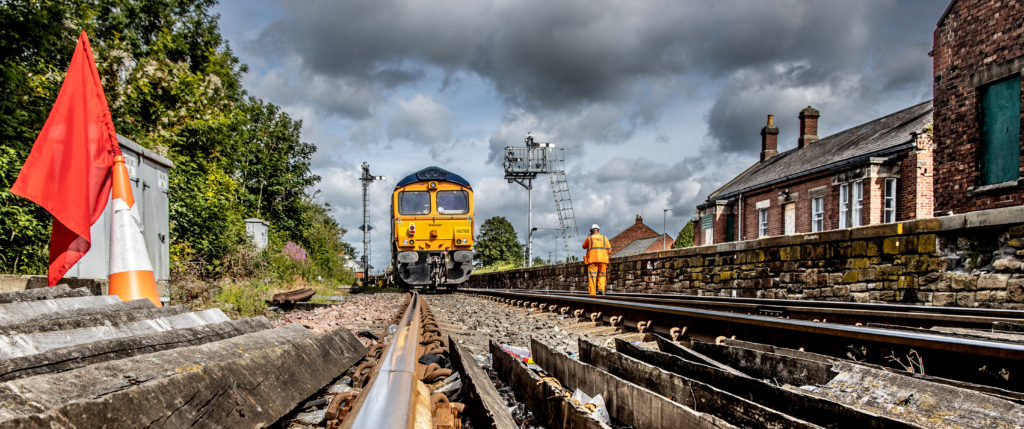
Stuart considered that the knowledge hub is one of most important things the centre is doing as it is not possible to know if costs and timescales are being reduced unless there are good baselines. Hence the centre is producing useable benchmark information with real practical examples. He advised that its lessons-learned library has 1,600 project lessons and 2,000 users; to date it has received 62,000 hits. This library also benefits from the centre’s work with the supply chain to assess best practice in methodologies and technologies.
Assurance has to remain a really important part of project delivery to avoid “throwing the baby out with bath water”. Stuart advises that the centre will be a focus for this and is developing good peer review practice which will involve external experts on critical projects. The centre of excellence is also working with the DfT to improve the RNEP process and incorporates the RNEP portfolio funding team.
Stuart emphasised that the centre is there to support and work with the regions. As such, it fits absolutely into the plan for devolution. He also stressed that it has to look outwards by working externally with the supply chain and organisations such as RIA and the Major Projects Association.
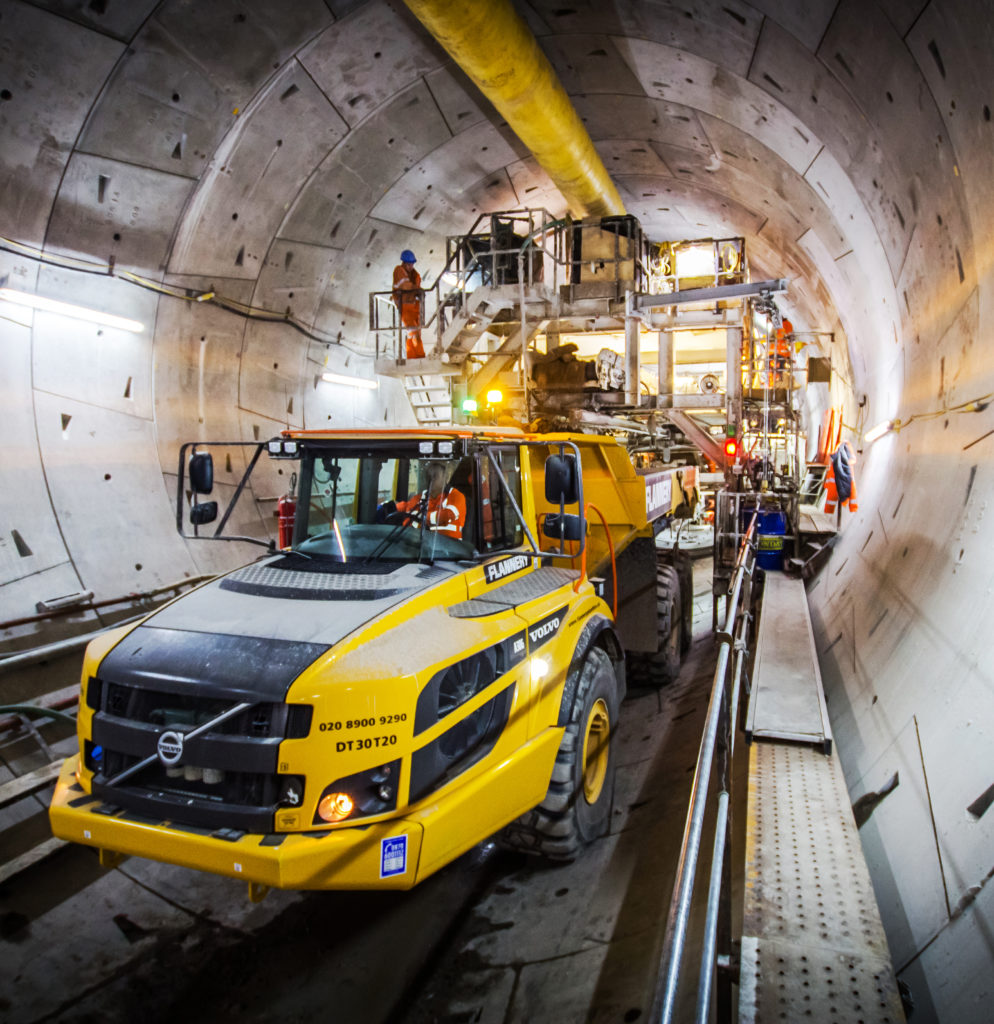

From GRIP to PACE
Network Rail’s GRIP process was developed to minimise delivery risk by dividing a project into eight distinct stages for which there was a defined set of activities which had to be completed before starting the next stage. Gate reviews were held to consider relevant documentation to confirm completion of the required activities.
The GRIP stages were:
- output definition
- feasibility
- option selection
- single option development
- detailed design
- construction, test and commission
- scheme hand back, and
- project close out.
Network Rail’s standard NR/L2/P3M/201, Project Acceleration in a Controlled Environment (PACE), started to be applied to new projects on 4th January and will progressively be applied to live projects unless there is a reason not to do so. It provides a flexible delivery framework which sponsors must use to ensure that the arrangements for their projects are fit for purpose. This provides increased focus on client/funder requirements by getting the right balance of time, cost and scope of work.
It has five stages:
- project initiation
- development and project selection
- project design
- project delivery
- project close.
PACE has a phase readiness review process to provide an assurance that a project is not proceeding ‘at risk’ into the next phase. The requirements for this review are determined by the required Level of Control (LoC) which is determined from a risk-based assessment that takes account of issues such as project novelty, technology and design complexity, and operational impact.
An engineering phase gate review (right) is done at specific milestones within the project phases. Its requirements are also based on a similar matrix derived from the project Level of Control.
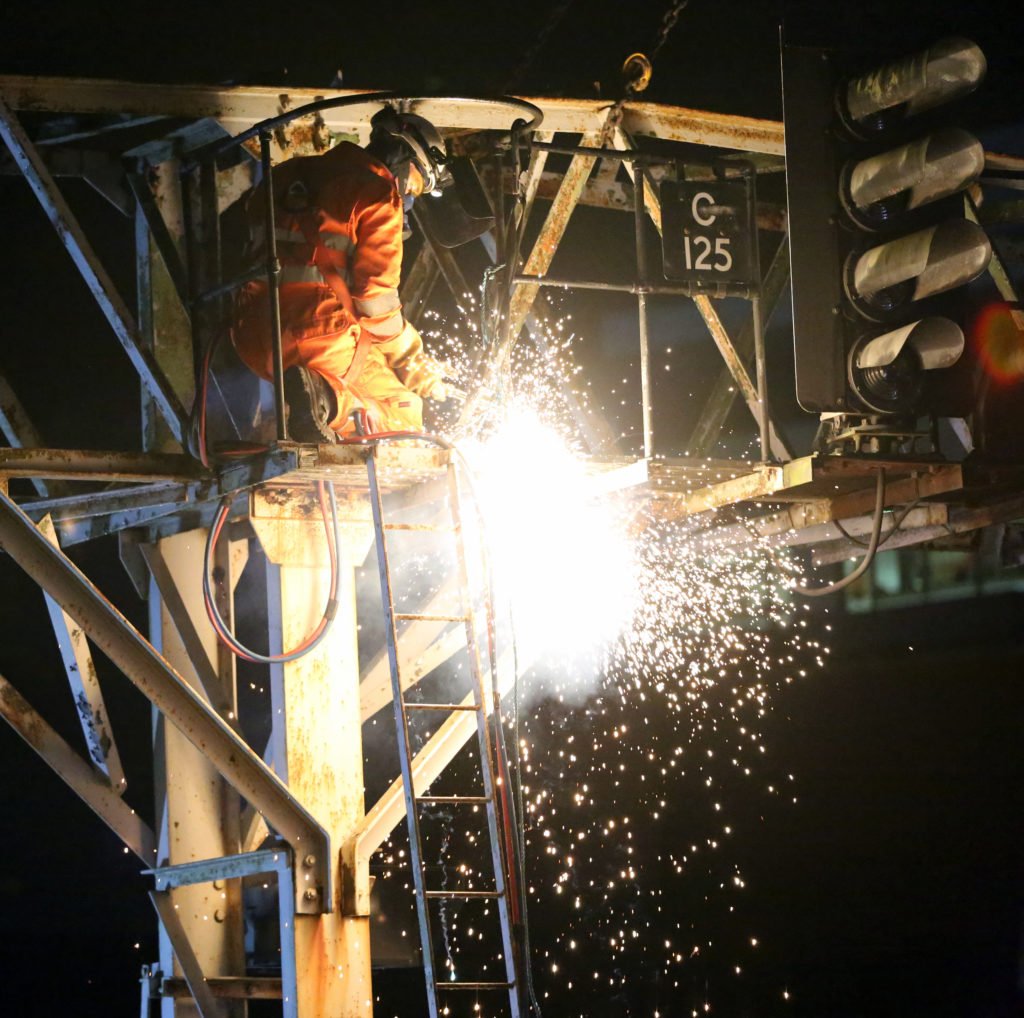
The Northumberland example
The project to reintroduce passenger services to Ashington and Blythe (see Issue 185, July/Aug 2020) was one of the pilot projects used to develop the principles of Project SPEED. It requires the provision of six new stations and has to accommodate two passenger trains per hour in addition to the existing freight service. This requires some double-tracking, level crossing enhancements, linespeed improvements and signalling upgrades.
The project is being led and promoted by Northumberland County Council as a third-party project, with Network Rail having an asset protection role. AECOM produced the Strategic Outline Business Case and are providing project management services. Their Regional Rail Director, Simon Middleton, described how the project had been involved with Project SPEED since summer last year and had since reduced capital costs by 25% and accelerated completion by ten months to the end of 2023.
The cost savings were achieved by identifying efficiencies and ensuring that the project only included requirements to introduce the passenger service. As part of this, challenge workshops were held to consider the scope of level crossings and track.
Timescales were reduced by using Network Rail’s permitted development rights to start work in the summer and, working with the DfT, bringing forward the Transport and Works Act to allow station work to begin sooner. In addition, a new delivery model was developed for the three packages of work: rail corridor works led by Network Rail, stations and highways led by Northumberland County Council and introduction of the new passenger service led by Northern Rail.

These improvements, together with the identification of additional benefits, enable the DfT to accelerate the project through the RNEP process, with the time to get to ‘decision to deliver’ brought forward by 12 months.
AECOM’s Global Transit Director, Russell Jackson, explained how lessons from the Northumberland project were applicable to others. He stressed the benefits of the one-team approach that required funders, users and suppliers to be involved as early as possible, for which suitable procurement arrangements were required.
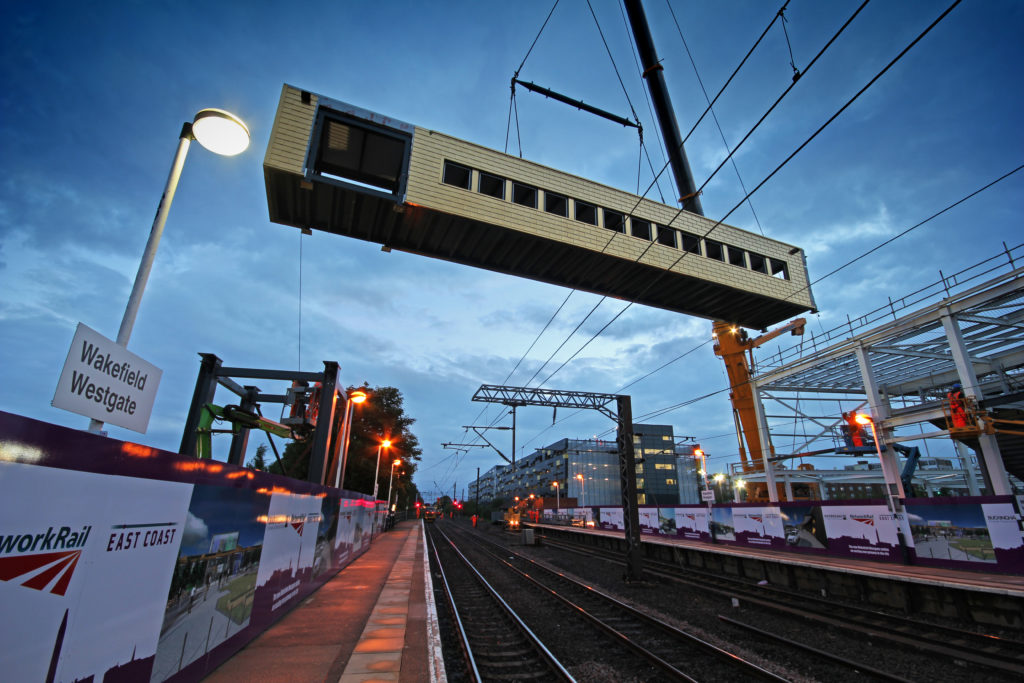
He felt that it was important not to spend too much time optioneering and quickly discard options that are not viable. However, he cautioned against trying to speed up everything. Certain things – such as land purchase, consents, timetable modelling and preparing signalling control tables – take time which has to be built into the project programme.
A train operator’s view
With 70 people supporting work on 60 projects, infrastructure work is a significant issue for Govia Thameslink Railway (GTR). Project SPEED therefore potentially offers GTR significant benefits as the company’s Infrastructure Director, Keith Jipps, explained.
GTR is doing the timetable work to evaluate journey time, capacity and connectivity impact on various options for the Croydon Area Remodelling Scheme (CARS). The area has 1,700 trains a day and is one of the worst bottlenecks on the UK rail network. Keith advised that CARS was the first project to be subject to a SPEED review. He felt this came at a good time as the project’s original remit focused on increasing capacity which is no longer the key issue.
He advised that the review challenged both the scope and original nine-year timescale of the project by considering radical blockade strategies. As a result, he felt that CARS had a “fighting chance” of getting an approved business case.
Keith gave examples of how effective partnership working had accelerated programmes on Network Rail’s Southern and Eastern regions and the East Coast Digital Programme. Taking advantage of current reduced traffic levels to deliver the recent King’s Cross blockade nine months earlier than its originally planned December date was a major planning exercise that was only possible with effective collaboration. Providing a new platform at Stevenage a year earlier than planned, in part due to GTR doing the station fit-out, saved £1 million in rail replacement bus costs.
At Gatwick Airport, the station improvement project had been delayed by two months due to the Covid lockdown. Replanned access arrangements and the provision of a temporary platform actually brought the project end-date forward by two months – a four-month betterment, taking account of Covid.
Linked to the Gatwick Airport project was the introduction of longer eight-car trains that required platform extensions at three stations. As described previously in Rail Engineer (see Issue 188, Jan-Feb 2021), these platforms were completed just three months after funding was approved. Keith also gave examples of how GTR had accelerated the design and delivery of station projects. He felt that, in many cases, train operators were best placed to deliver them in an agile manner.
Keith was sure that Project SPEED was “absolutely the right approach” and that effective partnerships between Network Rail, suppliers and operators were essential. His experience of investment panels was that they had the required flexibility, although commercial panels sometimes delayed contracts. He also felt that station and network change need to be fast-tracked as soon as there was collective agreement.
Finally, he noted that there are occasions when a slower and more coordinated approach is appropriate, especially when there is a risk to the timetable. Another example is the planning of blockades which must have as much work as possible “thrown into them” and so might delay some schemes. He advised that GTR had received good passenger feedback from recent blockades which had significantly disrupted their journeys, but only once.
The Minister’s view
Minister of State for Transport, Chris Heaton-Harris, emphasised the Prime Minister’s view that the UK government expected rail will play a vital part in boosting Britain’s Covid recovery. However, he cautioned that the industry must not be complacent about investment funding. Instead, it must grasp the opportunity SPEED presents to do things differently.
He expected the railway to be radical in its thinking, remove bureaucracy that adds little value and focus on things that matter more such as safety, customer service and rolling out new technologies. Getting different parts of the railway to work much more closely together will also be an essential aspect of the Williams Review, bringing significant changes to the industry’s structure.
In this way he echoed Andrew Haines’ comments that the industry had to confront poor project delivery in a way that it had not done in the past. He felt that, whilst Network Rail’s organisational changes provided the right structure, Project SPEED will give us the right mindset.
He was encouraged by the recent response to the standards challenge process which, after a slow start, was now offering savings of tens of million pounds. In addition, the new PACE process will give individual projects a better trade-off between time, cost and scope of work. Yet he cautioned that PACE could go the way of GRIP unless behaviours changed.
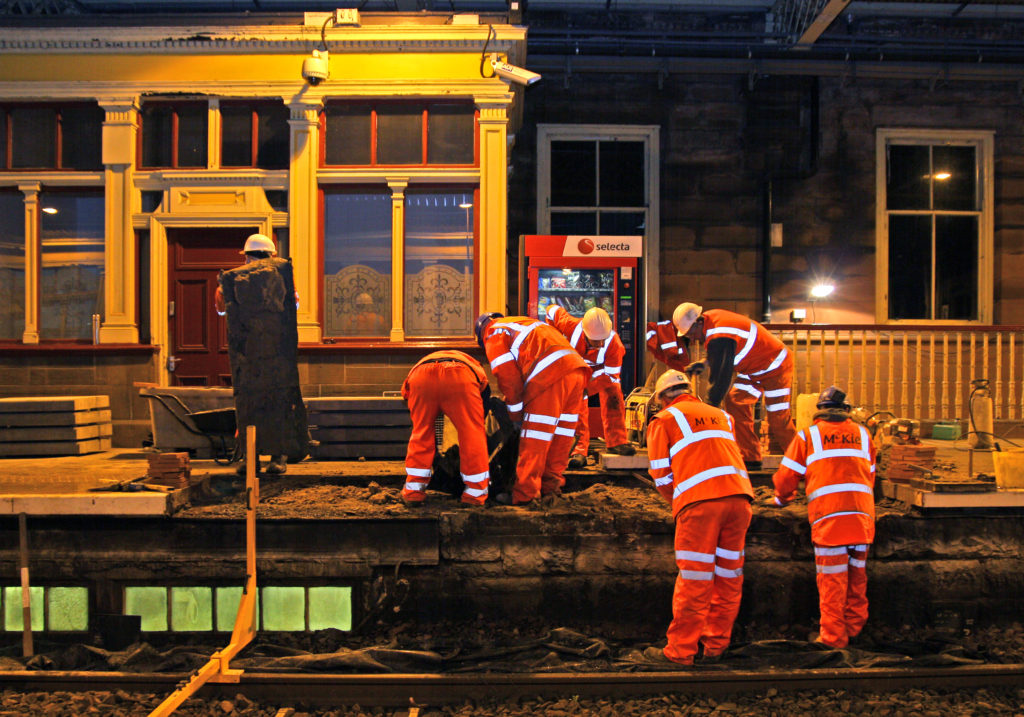
When closing the conference, RIA’s Technical Director, David Clarke, encouraged everyone to build Project SPEED principles into their businesses and take part in follow-on activities. He also reiterated that anyone with ideas to improve project delivery should contact [email protected]

